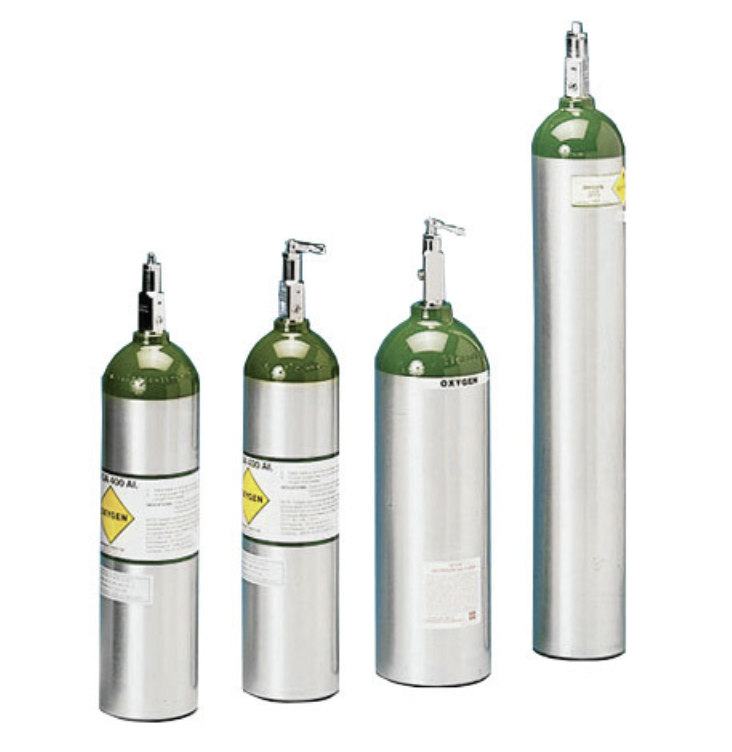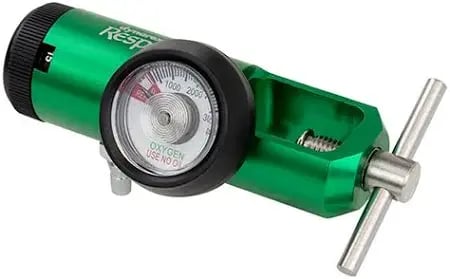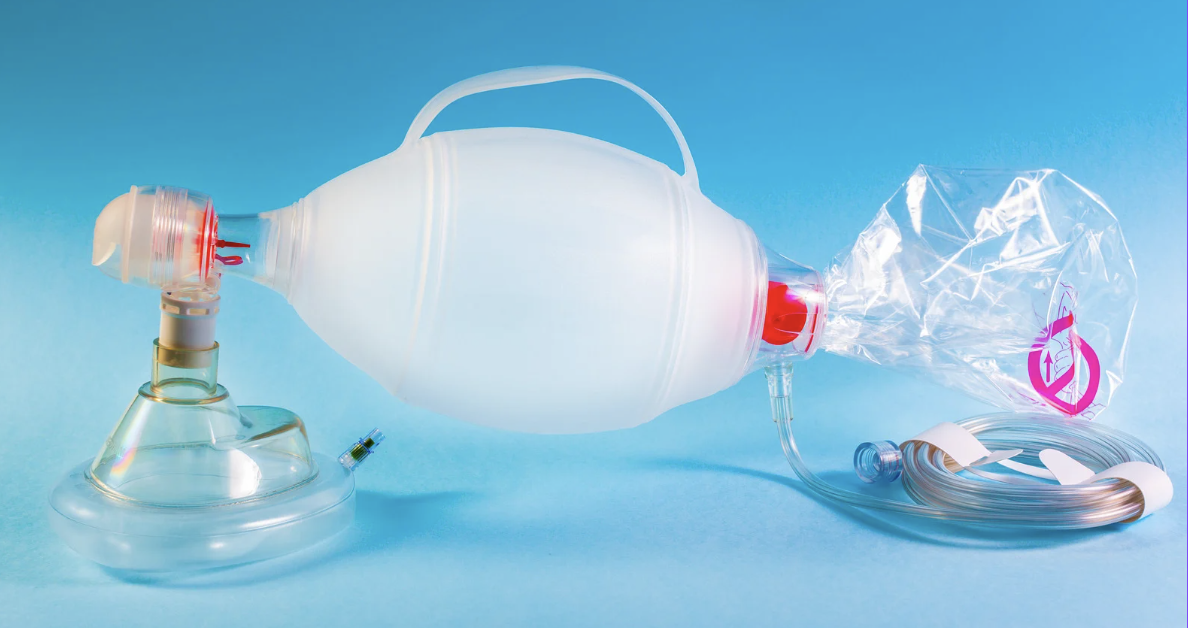In the practice of sedation dentistry, patient safety must always be the top priority. Among the essential emergency equipment required for safe sedation procedures, the emergency oxygen system stands as one of the most fundamental. This post will explore why emergency oxygen systems are necessary, their key components, and how they function in emergency scenarios.
Understanding the Respiratory Risks in Sedation Dentistry
Sedation medications commonly used in dental practices primarily fall into two categories: benzodiazepines and opiates. While these medications are generally safe at appropriate dosages for minimal and moderate sedation (both oral and IV), they share an important pharmacological property: the potential to depress respiratory drive.
Under normal circumstances and appropriate dosing, the respiratory depression caused by these medications is negligible. However, several factors can alter a patient's response:
- Undisclosed medications taken prior to the procedure
- Individual variability in medication metabolism
- Potential drug interactions
- Pre-existing medical conditions
Every dental regulatory board requires sedation providers to recognize and manage the unintended consequences of sedation, including deeper-than-intended sedation levels. In practical terms, this means being able to identify hypoxia (low oxygen levels) and correct apnea (cessation of breathing) should it occur during a procedure.
Key Components of an Emergency Oxygen System
Let's examine the three essential components that form the first line of defense when addressing respiratory depression or apnea:
- Emergency Oxygen Cylinder
These distinctive green cylinders are typically obtained from the same supplier that services your nitrous oxide delivery system. Key characteristics include:
- Standard fill pressure of 2000 PSI
- Provides 100% oxygen (compared to 21% in ambient air)
- Designed for rapid deployment in emergency situations
When a patient experiences apnea, they are no longer independently oxygenating their body. Delivering 100% oxygen maximizes the effectiveness of rescue breaths, providing optimal support until spontaneous respiration resumes.

- Oxygen Regulator
The regulator attaches securely to the top of the oxygen cylinder and controls the flow rate of delivered oxygen. It features:
- A mechanism that secures the regulator to the tank
- An adjustable valve that controls oxygen flow rate
- Flow settings ranging from 0.5 liters per minute to 15+ liters per minute
Critical consideration: When purchasing a regulator for emergency use, ensure it can deliver at least 15 liters per minute, as this is the standard flow rate required by dental boards for positive pressure ventilation during apneic episodes.

- Bag-Valve-Mask Device (Ambu Bag)
This football-shaped flexible device allows clinicians to deliver positive pressure ventilation. Key features include:
- One-way valve system preventing rebreathing of exhaled gases
- Connection port for oxygen tubing from the regulator
- When connected to oxygen at 15 liters per minute, delivers nearly 100% oxygen
- Various connection options for different airway management devices
The mask component often features adjustable inflatable cuffs that can be customized to create an optimal seal against the patient's face, ensuring maximum oxygen delivery to the lungs.

Emergency Response Protocol
When a patient becomes apneic during sedation, the proper deployment of these three components can be life-saving. With proper technique and a good mask seal, a practitioner can effectively ventilate the patient, supporting oxygenation and counteracting the respiratory depressive effects of sedation medications.
Conclusion
The emergency oxygen system—comprised of an oxygen cylinder, regulator, and bag-valve-mask device—represents a cornerstone of the emergency equipment required for safe sedation practices. Mastery of these components and the techniques for their use is essential for any dental professional performing sedation procedures.
Training Considerations
While understanding the basic components is crucial, effective emergency response requires hands-on practice and scenario-based training. Many sedation practitioners find that their confidence and competence significantly improve after completing specialized courses that include:
- Simulated emergency scenarios with high-fidelity mannequins
- Instructor feedback on bag-mask ventilation technique
- Team-based emergency response protocols
- Documentation requirements following sedation emergencies
- Regular recertification to maintain skills and stay current with evolving standards of care
Every ADMA sedation course offers comprehensive training in these areas, with certification recognized by major dental boards nationwide. Have questions that can't wait until the next course? We have a Sedation Forum to help you.
In our next post, we'll examine advanced airway management techniques and additional attachments for the Ambu bag system that can further enhance emergency response capabilities in the sedation dental practice